
Are you looking to dive into the world of cryptocurrency but don’t know where to start? Look no further than Ethereum 101. In this comprehensive post, we’ll cover what is Ethereum, as well as how it works. In this beginner’s guide, we will cover everything you need to know about ETH – we’ve got you covered.
We will also delve into the various applications of Ethereum, including non-fungible tokens (NFTs) and decentralized finance. And if you’re wondering how Ether compares to Bitcoin, we’ve got a section on that too. Finally, we’ll help you answer the question on everyone’s mind: Is investing in ETH a wise decision? So sit back, relax, and get ready to learn all about one of the most exciting cryptocurrencies out there.
Understanding Cryptocurrencies – How Crypto Works
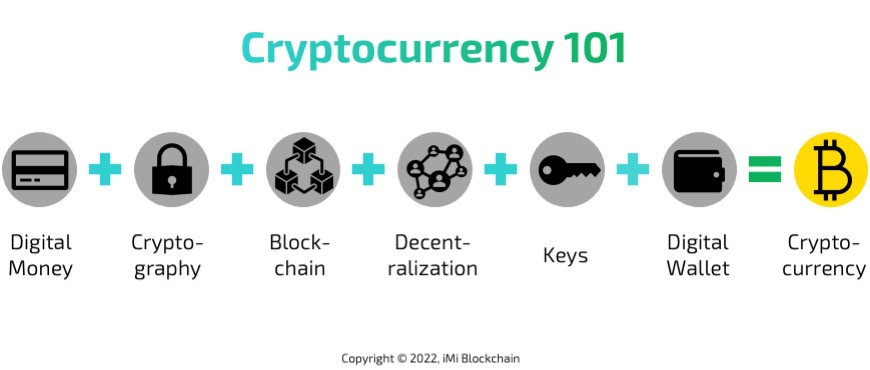
To understand Ethereum, it’s essential to grasp the concept of cryptocurrency. Cryptocurrency is a digital or virtual form of currency that uses cryptography for security. Unlike traditional fiat currencies, cryptocurrencies are decentralized, meaning they are not controlled by any central authority, such as a government or central bank.
Cryptocurrencies are always part of a DAO, a decentralized autonomous organization. Such as Bitcoin, Ether, Dogecoin, and others. They work like digital money. It’s controlled by a computer network (nodes). They rely on blockchain technology, which is a public digital ledger that records all transactions. When you send or receive cryptocurrency, the network verifies and adds your transaction to this ledger.
Here’s how peer-to-peer works: Internet – Wallet – Token – Mining
- You have a digital wallet to store your cryptocurrency, like a virtual bank account.
- To send crypto, you create a digital peer-to-peer message that includes your and the counterpart’s wallet address, with the amount.
- Verification is automatically done through a network of computers (nodes).
- Once verified, the transaction is added to a chain of other blocks, forming the blockchain.
- It is super secure because of decentralization, the use of complex math, and cryptography.
Now, that you know what is Ethereum and how crypto works, we can continue to dive into the amazing world of the Ethereum blockchain.
So what is Ethereum (ETH)? The Basics
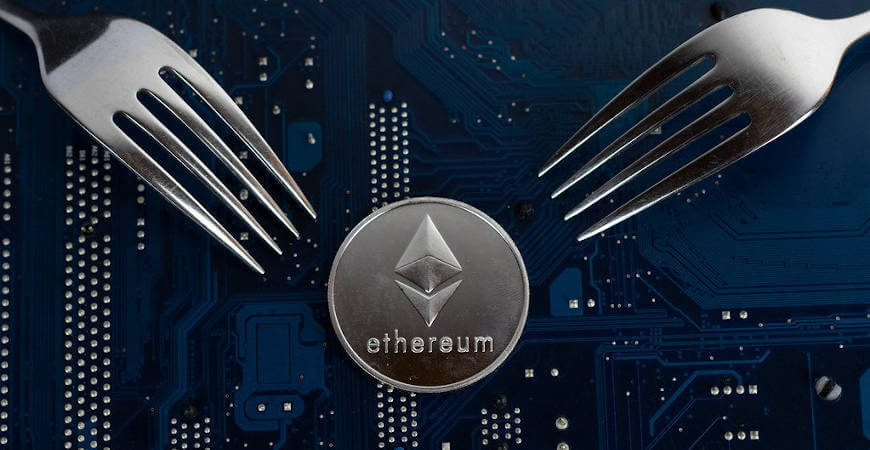
Ethereum, a blockchain-based platform, revolutionizes the way we develop and execute decentralized applications on the internet. At its core, ETH utilizes smart contracts, which automate and enforce agreements on the network. To ensure security and integrity, ETH operates on a proof-of-work consensus mechanism, safeguarding transactions through millions of nodes, within its blockchain network.
The Ethereum virtual machine executes code and processes transactions, enabling the creation and exchange of digital assets like cryptocurrencies and non-fungible tokens (NFTs). This open-source computing platform has gained significant traction since its launch in September. By eliminating the need for a central authority, it brings decentralization to the forefront. It allows users to truly own and control their data and digital assets. So what is Ethereum? Now you should know. But wait, there is more.

Unlock Your Crypto Potential: Become a Market Maverick with Expert Coaching!
Are you ready to dive into cryptocurrency but need some advice? With our personalized 1:1 coaching, you’ll learn to:
Understand – the fundamentals of cryptos and how they impact value.
Navigate – through the volatile crypto market with confidence.
Identify – new lucrative opportunities that maximize returns.
Manage – exchanges and risk to protect your investments.
BOOK EXPERT COACHING NOWDefinition and Purpose of the Ethereum Blockchain
What is Ethereum is one question. The other one is the need for a clear definition. Also, the purpose of this amazing blockchain needs to be understood. So here we go.
This open-source blockchain platform enables the creation and execution of smart contracts. It serves as a decentralized ecosystem for developers to build decentralized applications (dApps). It also facilitates peer-to-peer transactions without intermediaries. By enhancing security, transparency, and efficiency, it aims to revolutionize traditional systems across various industries.
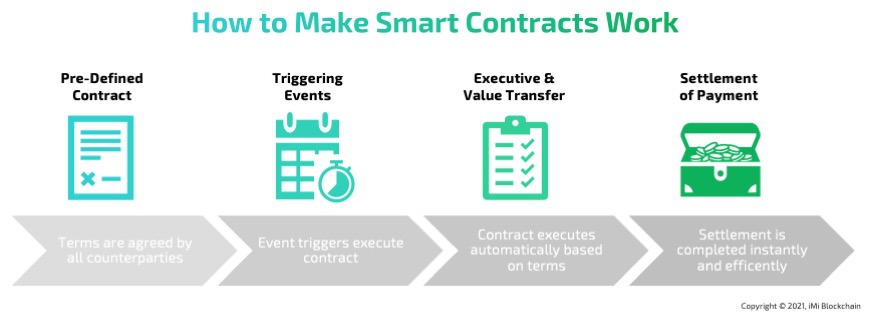
Through the use of cryptography and algorithms, ETH provides users with the ability to store value and engage in virtual currency exchanges. In September 2015, Ethereum was launched, offering an open-source computing platform. The deployment of smart contracts and the development of decentralized applications made it famous.
Relationship Between Ethereum and Ether – DAO vs. Crypto
Ether (ETH) serves as the native cryptocurrency of its own blockchain. Miners receive compensation in Ether for securing the network and processing transactions. Additionally, Ether acts as a medium of exchange within the Ethereum blockchain ecosystem. Enabling smooth transactions and powering decentralized applications (dApps).
With its open-source nature, it fosters decentralization. Its underlying blockchain network ensures secure and transparent transactions through cryptography. Ether goes beyond being a virtual currency; it plays a vital role as a store of value and fuel for various functionalities on its blockchain.
A Deep Dive Into Ethereum’s History
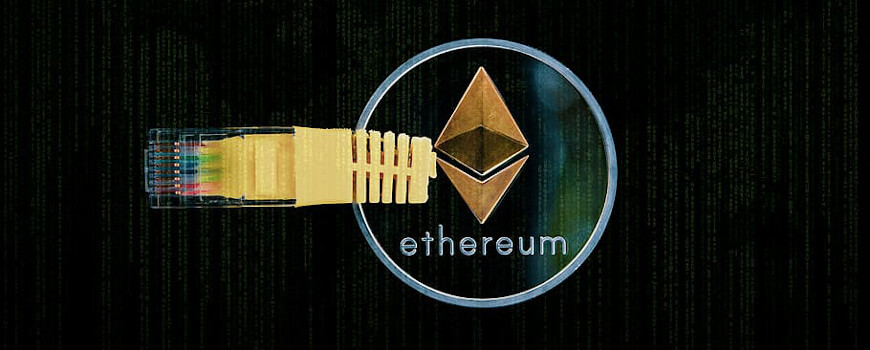
Ethereum’s history is rooted in the visionary work of Vitalik Buterin. He conceptualized the platform in late 2013. In 2014, Buterin officially proposed it through a white paper. The Ethereum Foundation, based in Switzerland, played a crucial role in facilitating the development and successful launch of the platform. One notable milestone was the Initial Coin Offering (ICO) conducted in 2014. This project gained $18.3 million and garnered widespread attention for the project’s potential.
Founding Ethereum September 2015 and Milestones
Ethereum came into existence in 2015 when a dedicated team. Led by visionaries like Vitalik Buterin and Gavin Wood, established the foundation for its development. Their goal was to create an advanced and decentralized computing platform that could tackle scalability and security challenges. Embracing the ethos of open-source collaboration, the community fostered contributions from developers worldwide. This inclusive approach not only encouraged innovation but also ensured it became a powerful force in the crypto world.
The Ethereum network went live on July 30, 2015, with the release of the Frontier phase. In March 2016, the Homestead phase was introduced, bringing significant improvements to this platform. April 2016 marked the launch of the Decentralized Autonomous Organization (DAO), which demonstrated the potential of decentralized applications. These milestones include the hard fork of Ethereum Classic. It played a crucial role in establishing a leading cryptocurrency and blockchain platform. With its launch and subsequent updates, it has continued to evolve, attracting developers and users from around the world.
Ethereum 2.0 – From Proof-of-Work to Proof-of-Stake
What is Ethereum 2.0? This also referred to as Serenity, is an upgrade. It is designed to enhance scalability, security, and sustainability within its network. This upgrade will transition from its current proof-of-work consensus mechanism to a more efficient proof-of-stake system, enabling users to validate transactions and mint new ETH based on their ether holdings.
One of the key features of Ethereum 2.0 is the introduction of shard chains, which will enable parallel transaction processing and significantly increase the network’s capacity. By implementing these changes, it aims to address the limitations of its existing infrastructure and create a stronger foundation for decentralized applications (dApps) and smart contracts. The arrival of Serenity marks a very important milestone.
How Does Ethereum (ETH) Work?
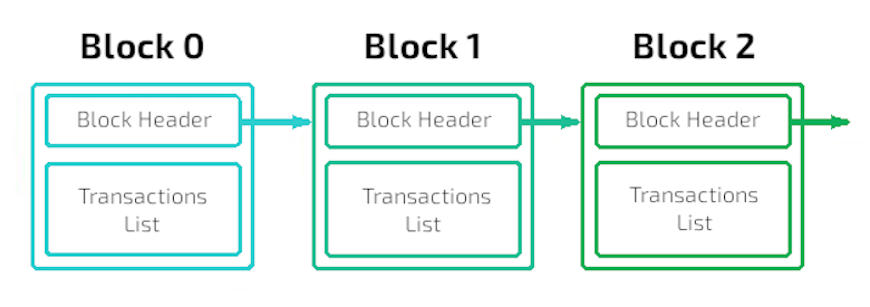
How Ethereum works is the second important question after what is Ethereum, right? So let’s dive into it.
It operates through various types of accounts, including externally owned accounts and contract accounts. These contract accounts are controlled by smart contracts, which are self-executing agreements encoded on its blockchain. The virtual machine (EVM) executes the code of these smart contracts and facilitates transaction processing throughout the network.
Role of Accounts
Externally owned accounts play a significant role in the network as they hold ether and enable users to interact with the system. These accounts are controlled by private keys, and through them, individuals can participate in transactions and engage with various applications running on the blockchain. On the other hand, contract accounts hold and execute smart contracts, which are self-executing agreements encoded on the Ethereum blockchain. By sending transactions, accounts interact with each other, triggering the execution of smart contract codes on the network.
Functionality of the Virtual Machine
The Ethereum virtual machine (EVM) serves as a runtime environment for executing smart contracts within the network. Its main purpose is to provide a secure and isolated space. Code can be executed without any interference or malicious activities. To ensure security, developers write smart contracts using high-level programming languages like Solidity, which are then compiled into EVM bytecode. This bytecode is what the EVM actually executes.
By utilizing the EVM, developers can create and deploy decentralized applications (dApps) on the Ethereum blockchain, leveraging the power of decentralization. The EVM has been implemented in various programming languages, such as C++, C#, Go, Haskell, Java, and Python, to name a few. It is also worth mentioning that the EVM can be implemented in JavaScript, enabling developers to write smart contracts using this popular programming language.

Want to Build Wealth with Cryptocurrency?
Unlock the full potential of crypto investments. We teach you how to:
Manage Crypto Asset – trade, and store digital assets securely.
Minimize Risks – through insights on how to deal with volatility and security risks.
Build Wealth – with customized advice for your individual needs.
BOOK YOUR LIVE SEMINAR NOWUnderstanding ‘Gas’ in Ethereum
Gas is a crucial concept in Ethereum circulation. What is Ethereum again? Right, a blockchain and it needs Gas to run. Therefore, Gas determines the computational power needed to execute transactions on the network. When users initiate transactions, they pay gas fees in Ether, creating an incentive for miners to prioritize their transactions. Gas limits are in place to prevent malicious actors from carrying out resource-intensive operations that could harm the network. By optimizing gas usage, users can reduce transaction costs and improve efficiency. Understanding gas is essential for estimating transaction fees and optimizing the execution of smart contracts. It ensures smooth and cost-effective interaction within the ecosystem.
Exploring Ethereum Applications
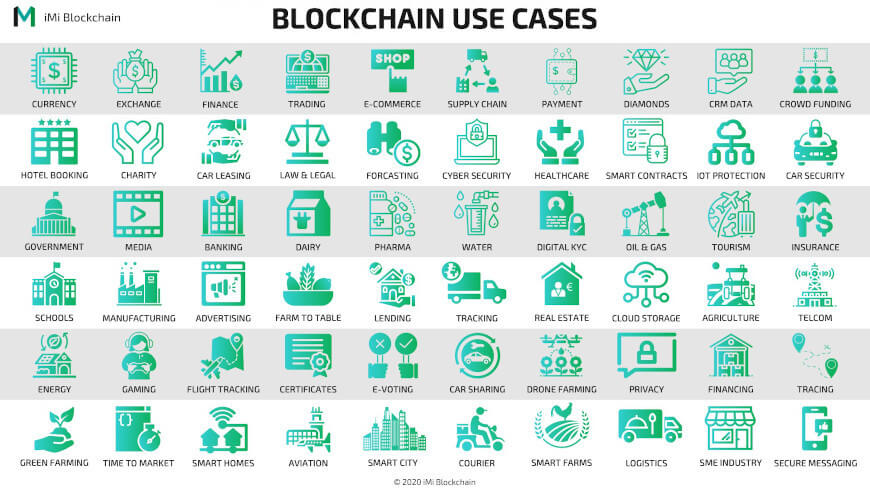
Ethereum’s blockchain technology enables the development of decentralized applications (DApps). DApps built on this blockchain can offer various functionalities, such as financial services, gaming, and supply chain management. Smart contracts enable automated and trustless interactions within applications. The programmable nature allows for the creation of custom tokens and tokenized assets. It provides a secure and transparent environment for innovative apps to thrive.
By leveraging the power of blockchain, Ethereum revolutionizes industries and empowers developers to build impactful solutions. Its open-source nature and strong community support make it a go-to choice for developers seeking to create cutting-edge apps.
Contract Source Code and its Importance
The contract source code serves as the governing entity for the behavior of a smart contract, containing all the necessary instructions and logic. Its open-source nature is crucial to conducting regular audits of the contract source code to identify any potential vulnerabilities and ensure the security of the smart contract. Moreover, contract upgrades often involve modifying the source code to introduce new features or fix bugs.
Developers can learn from existing contract source code, gaining valuable insights to enhance their understanding and build upon existing solutions. Source code and compiler information are usually published along with the launch of the contract so that users can see the code and verify that it compiles to the bytecode that is on-chain.
The Phenomenon of Non-Fungible Tokens (NFTs)

Non-fungible tokens (NFTs) have emerged as a phenomenon in the digital world. These unique digital assets represent ownership or proof of authenticity and are powered by Ethereum’s blockchain network. NFTs have gained immense popularity across various industries, including digital art, collectibles, gaming, and even virtual real estate.
Leveraging blockchain technology, NFTs offer verifiability, scarcity, and provenance, thereby establishing trust and value for both creators and collectors. This exciting development opens up new opportunities for artists, gamers, and investors in the digital space. As NFTs continue to merge the worlds of technology and art, the community remains at the forefront of this innovative movement.
The Rise of Decentralized Finance (DeFi)

The rise of decentralized finance (DeFi) has transformed the financial landscape, introducing financial applications built on blockchain technology. After explaining, what is Ethereum, we’re now facing this platform as a primary platform for DeFi too. Individuals can access services like lending, borrowing, and decentralized exchanges.
The beauty of DeFi lies in its elimination of intermediaries, giving users complete control over their funds. Moreover, DeFi offers innovative strategies such as yield farming and liquidity mining, allowing users to earn rewards for participating in the ecosystem. However, as DeFi continues to experience rapid growth, regulators face challenges in establishing appropriate frameworks, while security and scalability concerns loom large.
Ethereum vs. Bitcoin vs. Dogecoin

Ethereum and Bitcoin are decentralized cryptocurrencies with distinct purposes. Dogecoin on the other hand was created as as a “joke” and considered a “meme coin” only, without real value.
While Ethereum’s blockchain enables smart contracts and decentralized applications, Bitcoin primarily serves as digital money. Its programming language allows for more complex functionalities than Bitcoin’s scripting language. Additionally, Ethereum’s network offers faster transactions and lower fees compared to the Bitcoin network.
Another key difference is their consensus mechanisms, with Ethereum transitioning from proof-of-stake. These unique features distinguish ETH from BTC in terms of its capabilities and potential use cases.
What Sets Ethereum Apart from Bitcoin?
What is Ethereum should be clear by now. But what sets ETH apart from BTC? Firstly, Ethereum’s focus on smart contracts allows for the creation of diverse applications beyond digital currency. Additionally, Ethereum’s blockchain enables the development of tokens and programmable assets, expanding its use cases.
Its founder, Vitalik Buterin, introduced a virtual machine and a Turing-complete programming language. Furthermore, the community and ecosystem have fostered innovation and experimentation. Lastly, Ethereum’s potential for scalability improvements like ETH 2.0 sets it apart from Bitcoin’s more limited scalability options.
Is Investing in Ethereum a Wise Decision?

Considering Ethereum’s position as the second-largest cryptocurrency and its strong developer community, investing in Ethereum holds potential. It offers exposure to blockchain technology’s development and adoption. However, thorough research and consideration of market volatility are crucial. Diversifying one’s investment portfolio is wise to mitigate risks.
Conclusion
In conclusion about what is Ethereum, it’s a revolutionary technology that has transformed the world of finance and beyond. Its decentralized nature, smart contract functionality, and support for various applications make it a powerful platform with immense potential. However, it’s important to do thorough research and understand the risks associated with investing in Ether or any cryptocurrency. If you decide to invest in ETH, consider advice from iMi Blockchain, the Swiss consulting experts who specialize in cryptocurrencies to ensure you’re making a wise decision. Happy investing!
Learn All About Blockchain!
Book a Blockchain Training
Watch our Webinars
Enroll in Blockchain Courses
Become a Pro yourself
Get Free Blockchain Tips!
Get monthly blockchain tips.
On top, you’ll get our free blockchain beginners course right away to learn how this technology will change our lives.



